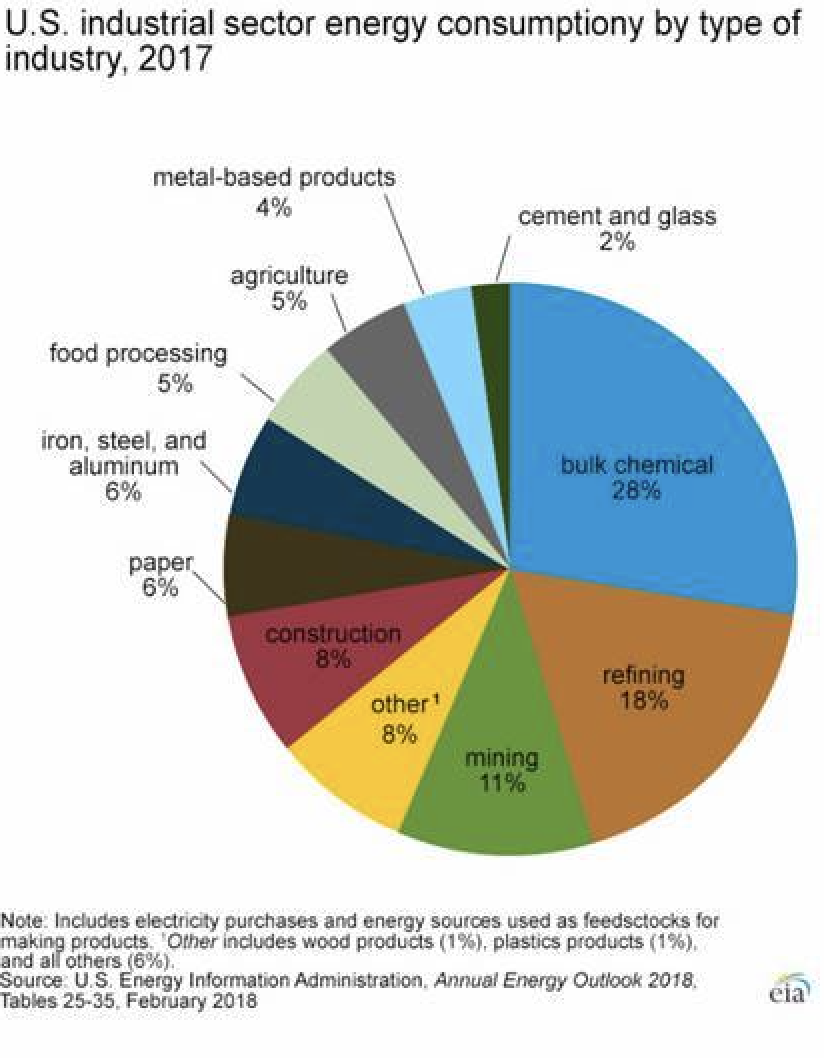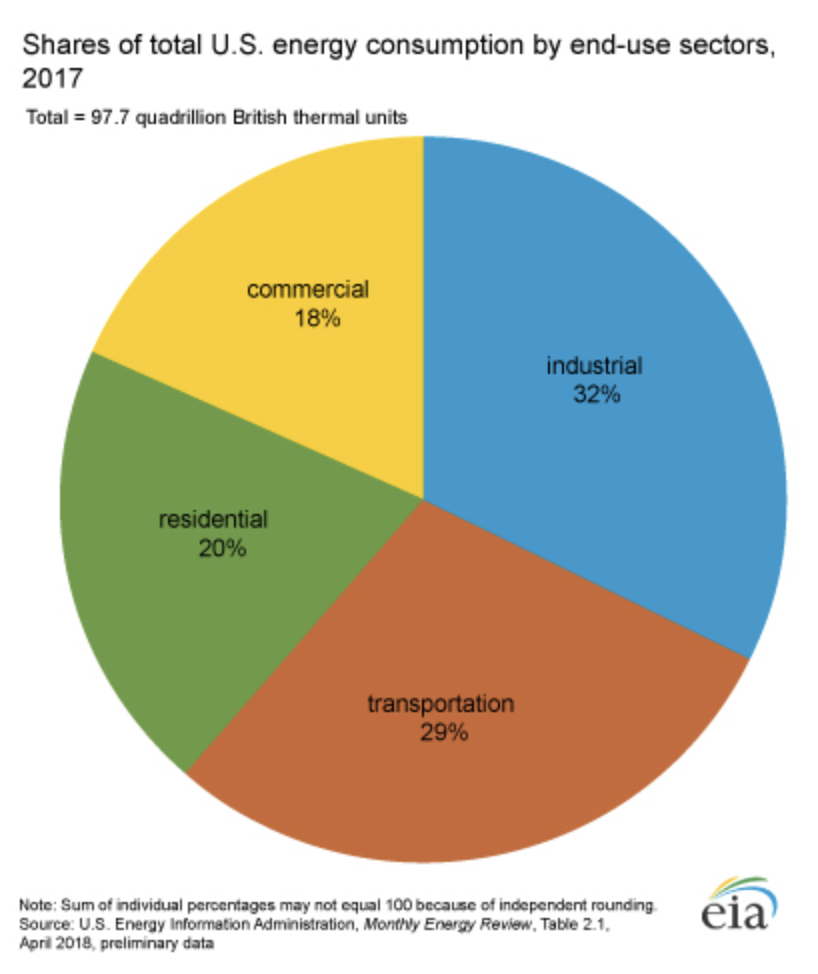Today is Earth Day, and this morning, Turner Construction made public an ambitious program that could burnish its standing as a green builder.
This three-pronged initiative starts with Turner reaffirming its commitment, made in 2004, to “build green.” Over the past 15 years, Turner has worked on more than $60 billion of green building projects. The company has 1,500 LEED-accredited employees. It now diverts, on average, 75% of jobsite waste from landfills. And three years ago, it formed a National Sustainability Committee, currently comprised of 16 people who look for innovative strategies to apply to the company’s various projects.
Turner is taking this commitment to another level today, as it will monitor the activities on certain jobsites to see where water and energy consumption can be lowered. It has selected 30 projects, across different building typologies, to participate in a pilot program that, over the next 18 months, will meter those projects on all forms of C02 emissions and water use, including onsite fuel use.
The company will compile these data through the end of 2020, it which point it hopes to have a normalized average for emissions and water use per building. Using those averages, Turner will then devise a strategy to reduce water and energy use by 50% on all of its projects by 2030. (To see images of a project being metered—the Natural Resources Agency headquarters for the California Department of General Services, in Sacramento, Calif.—go to https://app.oxblue.com/open/Turner/NNRHPROJECT)

Construction activities account for 8% of industrial sector's energy use. Turner is monitoring select jobsites to determine how they can reduce water and energy use. Image: U.S. Energy Information Administration
The company also has about 40 sustainability managers who provide technical support and guidance to its regional offices. They are “our green ambassadors,” and “eyes and ears on the ground,” says Julia Gisewite, whom Turner promoted to Director of Sustainability last September. Gisewite is spearheading the company’s initiative with Tom Gerlach, an Executive Vice President who has been with Turner Construction since 1977; and Peter Davoren, the company’s President and CEO.
The third pillar of Turner’s initiative focuses on resilience. Turner is responding to the threats from natural disasters such as flooding and fires that “are getting bigger and bigger,” and “are becoming more intense,” says Christopher McFadden, a company spokesman. He explains that Turner is now looking closer at the welfare and safety of its workers under those conditions, as well as “the range of resilience for the built environment,” with the goal being to develop ways that it can strengthen buildings’ resistance.

The built environment continues to be a massive energy user. Image: U.S. Energy Information Administration
“We want to be a voice at the table, and a stronger, better partner,” especially during preconstruction discussions with owners, developers, and AEC partners. Gisewite adds that Turner has started to insinuate resilience and resource awareness into its orientation of workers and subcontractors.
Getting back to its construction activities, Turner already has some baseline data: its annual Turner Green Zone survey, which it has conducted for the last seven years, and which guides how the company sets up its offices. That survey “has given us the confidence to move forward” with its initiative, says McFadden.
Gisewite says that some of the activities monitored will be “low-hanging fruit,” like turning off lights and equipment in jobsite trailers every night. She adds, too, that Turner is now committed to installing LEDs for those sites’ temporary lighting.
“We’re looking at what we can control,” says McFadden.
Gisewite envisions holding meetings with subcontractors and suppliers about jobsite efficiency. Nothing’s been scheduled yet, but she expects these meetings will most likely happen regionally, and some could also be project-by-project.
The Turner execs agree that technology will play a role in the company’s program. “The conversation around carbon has elevated so quickly,” she says, “and I’m most excited about the technology” that might provide answers. McFadden adds that Turner recently completed its 5th annual Innovation Summit, and that its jobsites are already using augmented and virtual reality tools to help reduce waste by using fewer materials.
He recalls that in the early 1900s, Turner Construction made a name for itself by building with steel-reinforced concrete as an alternative to lumber at a time when wood-made factories were burning down. Today, that same mentality of taking the lead is what’s driving Turner’s environmental stewardship as well as efforts to make buildings better able to withstand the ravages of nature.
“We’re asking ‘what can we be doing?’ because we should be doing more,” McFadden says.
Related Stories
Resiliency | Aug 7, 2023
Creative ways cities are seeking to beat urban heat gain
As temperatures in many areas hit record highs this summer, cities around the world are turning to creative solutions to cope with the heat. Here are several creative ways cities are seeking to beat urban heat gain.
Products and Materials | Jul 31, 2023
Top building products for July 2023
BD+C Editors break down 15 of the top building products this month, from cleanroom doors to window storm protection systems.
Sustainability | Jul 27, 2023
USGBC warns against building energy code preemptions, rollbacks
In a recent editorial, the USGBC cited a growing number of U.S. state legislators who are “aiming to roll back building energy code standards and/or preempt local governments from advancing energy-efficient building codes.”
Resiliency | Jul 27, 2023
'Underground climate change' can damage building foundations, civil infrastructure
A phenomenon known as “underground climate change” can lead to damage of building foundations and civil infrastructure, according to a researcher at Northwestern University. When the ground gets hotter, it can expand and contract, causing foundations to move and sometimes crack.
Urban Planning | Jul 26, 2023
America’s first 100% electric city shows the potential of government-industry alignment
Ithaca has turned heads with the start of its latest venture: Fully decarbonize and electrify the city by 2030.
Sustainability | Jul 26, 2023
Carbon Neutrality at HKS, with Rand Ekman, Chief Sustainability Officer
Rand Ekman, Chief Sustainability Officer at HKS Inc., discusses the firm's decarbonization strategy and carbon footprint assessment.
Designers | Jul 25, 2023
The latest 'five in focus' healthcare interior design trends
HMC Architects’ Five in Focus blog series explores the latest trends, ideas, and innovations shaping the future of healthcare design.
Sponsored | Fire and Life Safety | Jul 12, 2023
Fire safety considerations for cantilevered buildings [AIA course]
Bold cantilevered designs are prevalent today, as developers and architects strive to maximize space, views, and natural light in buildings. Cantilevered structures, however, present a host of challenges for building teams, according to José R. Rivera, PE, Associate Principal and Director of Plumbing and Fire Protection with Lilker.
Building Owners | Jul 12, 2023
Building movement: When is it a problem?
As buildings age, their structural conditions can deteriorate, causing damage and safety concerns. In order to mitigate this, it’s important to engage in the regular inspection and condition assessment of buildings for diagnosis.
Codes | Jul 10, 2023
Water Demand Calculator outperforms traditional plumbing codes for energy, carbon, and water savings
Using IAPMO’s Water Demand Calculator tool can result in energy, carbon, and water savings as compared to using traditional plumbing specification methods in plumbing codes, according to a study by Arup.

















